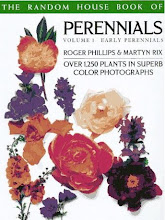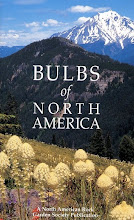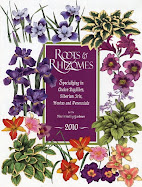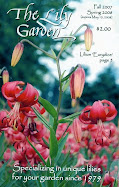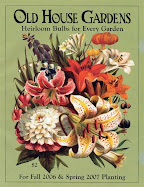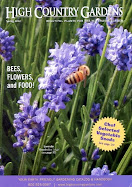Aloe microstigma Montagu Nature Garden July 2009
Crassula rupestris & Euphorbia caput-medusae Montagu Nature Garden July 2009
Montagu Nature Garden July 2009
Langeberg Mountains from the Montagu Nature Garden July 2009
Veltheimia capensis Montagu Nature Garden July 2009
Click here to see more photos of the Montagu Nature Garden.
In July of 2009 I spent 24 days in the Western Cape Province of the Republic of South Africa (RSA). As you probably know, July is a winter month in the Southern Hemisphere, corresponding to January in the Northern Hemisphere. But it is January as you might experience it in southern California. The Western Cape Province has a Mediterranean climate. It is dry in summer & rains in winter. After 6 mostly rainy days in Cape Town, 6 mostly sunny days in the beach town of Hermanus, 6 days of variable weather in the small town of Bredasdorp on the Agulhas Plain, I spent 6 warm & sunny days in Swellendam. My time in South Africa ended on the 24th day, when I flew from Cape Town to London. On my 4th day in Swellendam I saw the Montagu Nature Garden. This garden is located in an environment known as klein karoo. Klein karoo is found north of the Langeberg Mountains, fynbos is found to the south.
From my journal, 7-30-09: I drove to Montagu through Cogman's Kloof Pass in the Langeberg Mountains. As I entered Montagu, I saw signs for the nature garden. There was an easy, winding path up a small, very rocky hill with many succulent plants. I saw 3 species of Euphorbia, several Crassula & Aloe. I also saw a red pea with inflated pods (Sutherlandia frutescens) & Veltheimia capensis in bloom. The views of the Langeberg Mountains were stunning.
From my journal, 7-30-09: I drove to Montagu through Cogman's Kloof Pass in the Langeberg Mountains. As I entered Montagu, I saw signs for the nature garden. There was an easy, winding path up a small, very rocky hill with many succulent plants. I saw 3 species of Euphorbia, several Crassula & Aloe. I also saw a red pea with inflated pods (Sutherlandia frutescens) & Veltheimia capensis in bloom. The views of the Langeberg Mountains were stunning.































































































